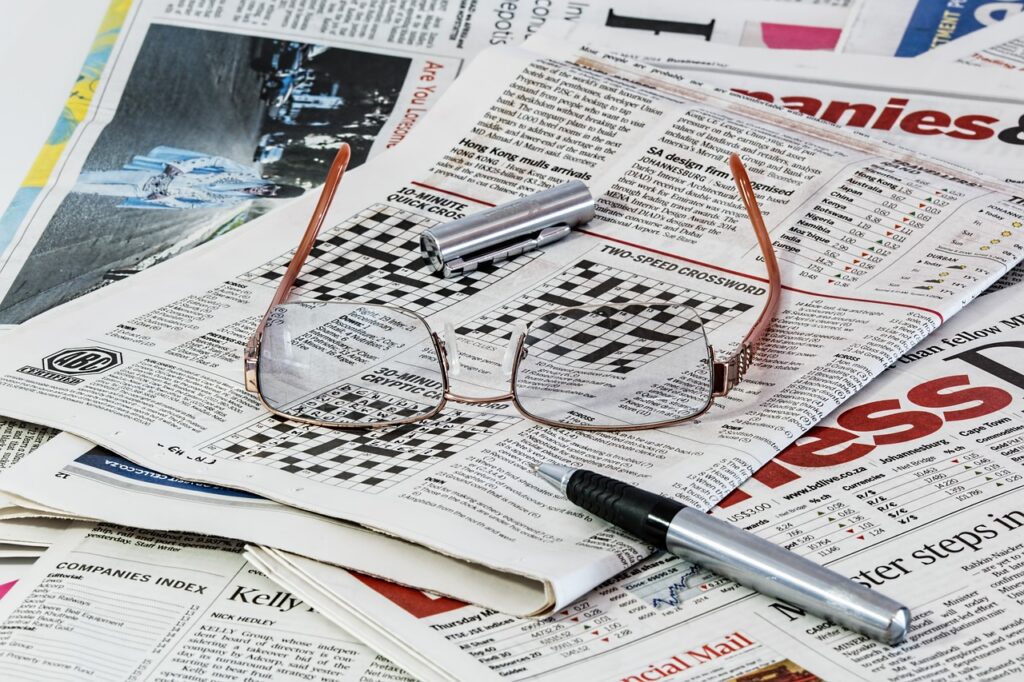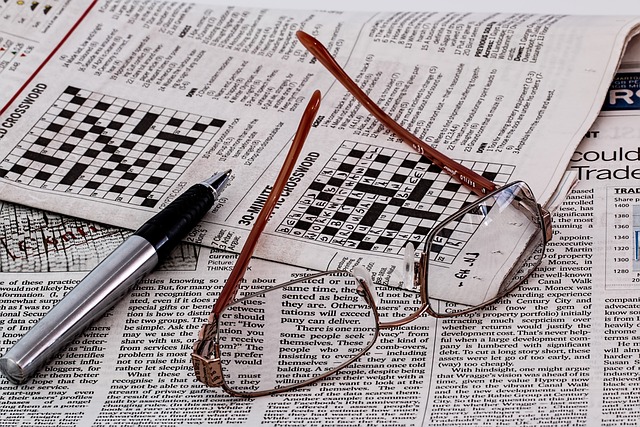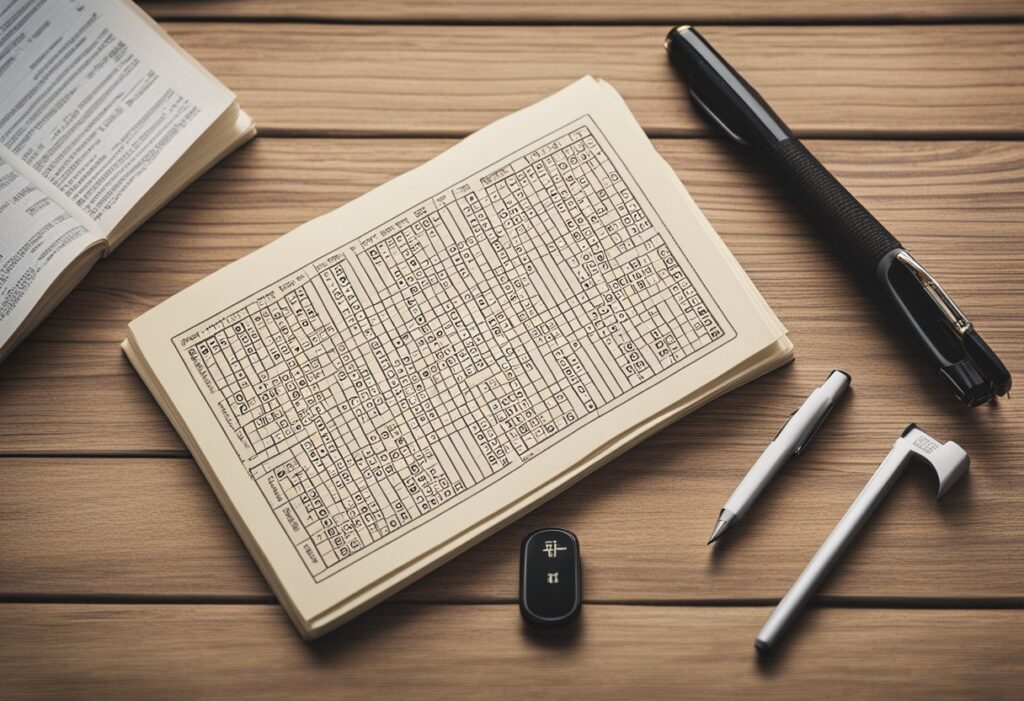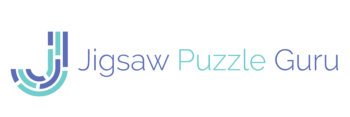Last Updated on February 23, 2024 by JigsawPuzzleGuru
Table of Contents
Enhancing Vocabulary and Cognitive Skills
Crossword puzzles stand as a ubiquitous part of many people’s daily routines, offering a blend of entertainment, mental challenge, and educational benefits. Originally created in the early 20th century, they have blossomed into a staple of newspapers, magazines, and now digital platforms worldwide. Characterized by a grid where words intersect at shared letters, crossword puzzles demand a combination of vocabulary strength, general knowledge, and lateral thinking from their solvers.

The appeal of crossword puzzles lies in their ability to stimulate the brain and engage problem-solving skills. They can expand one’s vocabulary and deepen knowledge about a vast array of topics, as clues can pertain to diverse subjects such as history, arts, science, popular culture, and more. Enthusiasts often cite the satisfaction of solving a particularly tricky puzzle as a major draw, providing a sense of accomplishment and an intellectual workout.
Different styles and types of crossword puzzles have emerged over time, catering to a range of skill levels and interests. Some prefer the straightforward definition-based clues of Quick crosswords, while others relish the cryptic crosswords full of intricate wordplay and hidden meanings. The complexity of crossword puzzles can vary widely, making them accessible and enjoyable for both beginners and seasoned puzzle enthusiasts alike.
History of Crossword Puzzles
Crossword puzzles trace their origins to the early 20th century and have subsequently evolved into a staple in newspapers and media, impacting culture and society significantly.
Origin
The first known crossword puzzle was created by Arthur Wynne, a journalist from Liverpool. It was published in the New York World on December 21, 1913, and was originally named “word-cross,” which was later inverted to “crossword.” Wynne’s invention was shaped like a diamond with no black squares, differing significantly from today’s puzzles.
Evolution Over Time
Crossword puzzles saw an evolution in design and popularity over time. By the 1920s, they became a daily feature in many newspapers. The introduction of symmetrical black squares and the standardization of clue rules were significant developmental milestones. During the 1920s, the first crossword puzzle book was published, leading to a craze for the puzzles and solidifying their place in American culture.
| Decade | Milestone |
|---|---|
| 1920s | Crossword puzzles integrated into daily newspapers |
| 1924 | First crossword puzzle book published |
| 1930s | Development of the first Sunday crossword puzzles |
| 1940s | Introduction of cryptic crosswords in the UK |
Impact on Culture and Society
Crossword puzzles initially faced skepticism but quickly became a beloved pastime. They influenced culture by fostering a collective effort to solve and discuss puzzles. Crosswords became a part of educational curriculums, serving as tools for learning new vocabulary and facts. Socially, they bridged generational gaps and stimulated cognitive health in individuals, gaining recognition as an engaging mental exercise.
Types of Crossword Puzzles
The crossword puzzle landscape offers a diversity of styles, each distinguished by its grid layout, clue structure, and cultural origin. Puzzlers around the world enjoy variations that range from the strictly structured American-style grid to the enigmatic patterns of cryptic crosswords.
American-Style Crosswords
American-style crosswords are known for their symmetrical grid design, typically ranging from 15×15 squares on weekdays to 21×21 on Sundays. Clues are straightforward and are divided into two categories: Across and Down. They are often themed, with the longest entries connected by a common thread or wordplay.
British-Style Crosswords
In British-style crosswords, the grid often features a more intricate pattern, lacking the strict symmetry of the American style. Clueing tends to be more liberal, with each clue including both a definition and a wordplay component, but not as cryptic as in cryptic crosswords. These puzzles commonly appear in UK publications and have a variety of grid sizes.
Cryptic Crosswords
Cryptic crosswords stand out for their complex and whimsical clues that require solvers to interpret a variety of punning, anagrams, homophones, and other wordplay to find the answer. The clue structure is bifurcated, with one part being a straight or indirect definition, and the other part offering the wordplay. Mastery of cryptic crosswords requires a deep understanding of the clue construction.
Other Variations
Other variations of crossword puzzles include:
- Acrostic crosswords, where solvers complete a grid and use letters from their answers to fill in a related quote or phrase.
- Diagramless puzzles that come without a predefined grid, leaving solvers to determine the correct layout based on the clues.
- Fill-in puzzles, void of clues, task solvers with placing words from a provided list into the grid based on intersecting letter patterns.
- Themed puzzles that can involve alterations to the traditional format, such as clues that follow a specific concept or cultural reference.
How to Solve Crossword Puzzles
One must approach crossword puzzles methodically, employing strategies, careful analysis, and resources to unravel the clues. These elements help in enhancing one’s solving proficiency.

Common Strategies
- Start with the easy clues: Begin by filling in the answers for clues they find straightforward. This will provide a framework of letters for the harder clues.
- Fill in theme answers: If the puzzle has a theme, identify it early and try to solve the related clues, as they are often connected and can reveal other answers.
Puzzle-Solving Techniques
- Work on the short words: Short words that fit into three or four squares often use common letter combinations. They provide important cross letters for intersecting longer words.
- Consider the puzzle’s editor: The style of clues can vary depending on the crossword editor. Understanding their tendencies can give insights into the puzzle’s construction.
Use of Online Tools and Resources
- Online dictionaries: Utilize an online dictionary or thesaurus to find synonyms for words or phrases given in the clues.
- Crossword solver tools: Several websites and software exist that help solvers by offering suggestions for unknown puzzle answers based on the length and given letters.
Creating Crossword Puzzles

Creating crossword puzzles is both an art and a science, requiring a careful balance between challenge and solvability. Puzzle constructors must consider themes, word placement, and clues.
Design Principles
Crossword puzzles typically start with a theme which serves as the anchor for the entire puzzle. Themes can range from simple word patterns to complex wordplays. Symmetry is also a fundamental principle in most crossword designs; traditionally, puzzles exhibit rotational symmetry where the pattern looks the same when the puzzle is turned 180 degrees. Furthermore, constructors ensure that all the words in the grid are interlocked and that the puzzle has a minimal number of black squares to enhance the solving experience.
Construction Software
Specialized construction software greatly aids puzzle creators by automating grid design and providing word suggestions that fit the specified lengths and intersecting letters. Popular programs include Crossword Compiler and CrossFire. These tools often feature databases of past puzzles and clue databases that can help constructors find fresh and relevant clues for their entries.
The Role of Crossword Editors
Upon completion, crossword constructors collaborate with crossword editors. Editors are responsible for reviewing and refining the puzzle clues for clarity, fairness, and accuracy. They may also adjust the grid to improve the flow of the puzzle and to ensure that it meets the publication’s standards. Their role is crucial in making sure that the final product provides a satisfying challenge for the solvers.
Crossword Competitions
Competitive crossword solving attracts enthusiasts from around the globe, featuring not only sheer mental prowess but also agility under time pressure.
Major Tournaments
The American Crossword Puzzle Tournament (ACPT), founded by Will Shortz in 1978, stands as the oldest and largest crossword competition in the United States. It spans three days, with participants solving eight crosswords of varying difficulty and styles.
- The Crossword Solving World Championship, more formally known as the World Puzzle Championship (WPC), also incorporates crossword puzzles among its broad array of puzzle types. This annual event distinguishes itself by featuring individual and team competitions from countries worldwide.
Notable Champions
- Dan Feyer: An American puzzler, acclaimed for winning the ACPT a record seven times consecutively from 2010 to 2016.
- Jon Delfin: Another American champion, notable for his seven total wins at the ACPT, was the most until surpassed by Feyer.
| Champion | ACPT Wins | Years of Wins |
|---|---|---|
| Dan Feyer | 7 | 2010-2016 |
| Jon Delfin | 7 | 1983, 1986, 1987, 1988, 1990, 1991, 1995 |
International Competitions
- The Times Crossword Championship is a preeminent UK tournament with a heritage dating back to 1970. It’s characterized by its classic British-style cryptic crosswords.
- In India, the Indian Crossword League is an innovative online-offline hybrid event, which culminates in a grand finale where top solvers from online rounds compete in person.
Crossword Puzzle Publishing
The distribution of crossword puzzles spans various media, reflecting their popularity and demand. They are published through traditional print formats, embraced by digital platforms, and compiled in collections for enthusiasts.
In Newspapers and Magazines
Crossword puzzles are a staple in many daily and weekly newspapers and magazines. The New York Times, for instance, has a long-standing tradition of offering crossword puzzles, with difficulty escalating from Monday to Sunday. In contrast, The Guardian offers crosswords both in print and on their website, catering to varying skill levels.
Online Platforms
Digital outlets have proliferated, offering crosswords accessible on websites, mobile apps, and through emails. These platforms often provide interactive features, such as the ability to check answers instantly. The website crosswordsolver.com, for example, allows users to filter puzzles by the date or by the puzzle creator.
Books and Other Media
Publishers also curate crossword puzzles in book format, which may focus on particular themes or difficulty levels. These books often appear in series, like The New York Times series of crossword puzzle books. Additionally, puzzles are published on electronic handheld devices, providing portable and convenient options for users outside of traditional media.
Trends in Crossword Puzzles
Crossword puzzles are evolving, with new content, digital enhancements, and collaborative initiatives constantly emerging.

New Themes and Formats
Publishers are experimenting with themes that reflect current events and popular culture, keeping content fresh and relevant. Crossword puzzle formats have also diversified, incorporating varying shapes and grid designs that challenge traditional norms.
- Mini puzzles: Short, quick challenges for on-the-go solvers.
- Meta puzzles: Puzzles containing a second layer of solving, beyond the standard clues.
Technology and Innovation
Digital platforms have revolutionized how puzzles are created and solved. Software enables constructors to design more complex and intricate puzzles.
- Mobile Apps: Puzzle apps offer new solving experiences with interactive elements.
- Online solving tools: Features like error-checking and hint systems aid solvers.
Community and Collaboration
Social media platforms facilitate collaboration among constructors and solvers, creating a vibrant crossword community.
- Forums: Places for solvers to discuss strategies and share experiences.
- Constructor collaborations: Experienced creators often mentor newcomers, fostering growth and inclusivity in the puzzle-writing community.





